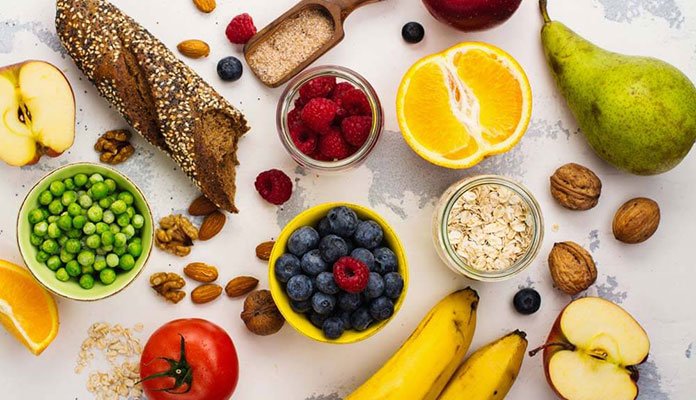Nutrition Facts
Considering what they feed on, cows and pigs aren’t supposed to have exactly the same amounts of nutrients in their meat, even if they are both animal meat.
Pork is essentially a better food than beef with respect to cholesterol, sodium, and saturated fat content. These substances in high amounts are potentially harmful in the long run, causing severe damage to the circulatory system, heart, kidney, and body cells.
Though both pork and beef are good sources of proteins, pork appears to have higher quality proteins simply because it contains higher amounts of amino acids.
Vitamin B12, which is required for diverse cellular functions and red blood cell development, is found in higher amounts in beef than in pork. However, pork is richer than beef in vitamins B1, B2, D, and E.
Zinc and Iron are extremely important in many biochemical reactions in the body. These two important minerals are present in higher amounts in beef than in pork Magnesium, phosphorus, phosphate, and choline, essential nutrients for cell function and survival, are slightly more prevalent in pork than in beef. [2]
The list below summarizes the nutrient composition of 100g of lean beef and pork.
100g of Lean Beef & Lean Pork Contain:
- Selenium: 54% of the RDI in Beef; 86% in Pork.
- Copper: 8% of the RDI in Beef; 9% in Pork.
- Zinc: 35% of the RDI in Beef; 19% in Pork.
- Phosphorus: 16% of the RDI in Beef; 24% in Pork.
- Magnesium: 5% of the RDI in Beef; 6% in Pork.
- Potassium: 7% of the RDI in Beef; 9% in Pork.
- Iron: 9% of the RDI in Beef; 4% in Pork.
- Choline: 16% of the RDI in Beef; 16% in Pork.
- Vitamin B1: 6% of the RDI in Beef; 56% in Pork.
- Vitamin B2: 9% of the RDI in Beef; 21% in Pork.
- Vitamin B3: 39% of the RDI in Beef; 50% in Pork.
- Vitamin B5: 13% of the RDI in Beef; 20% in Pork.
- Vitamin B6: 35% of the RDI in Beef; 32% in Pork.
- Vitamin B12: 38% of the RDI in Beef; 27% in Pork[3]










